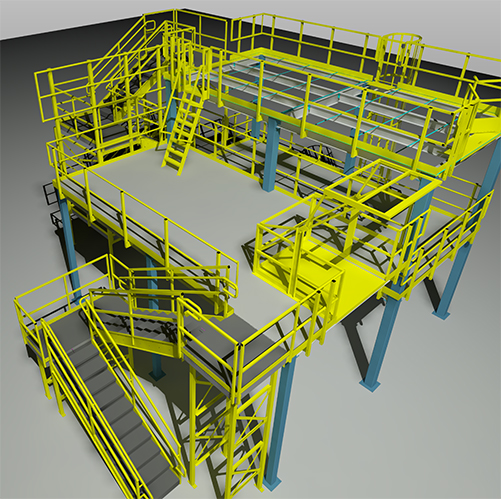Protective Guarding Safeguards Personnel On An Industrial Work Platform, Part 2
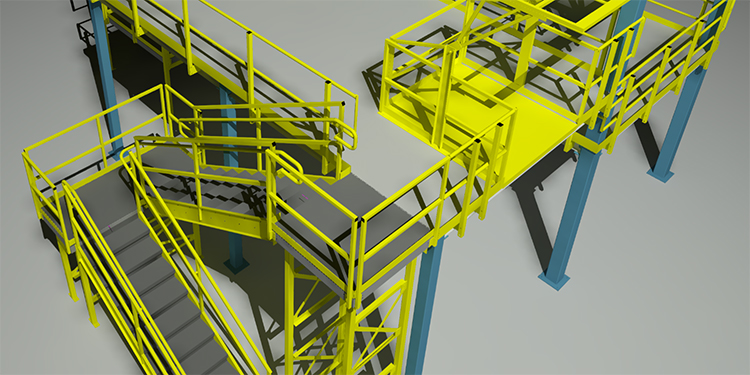
Installing an industrial work platform, mezzanine, pick module, or rack supported platform creates one or more additional levels that increase the usable square footage of an operation. They also, however, can increase the risk of an employee sustaining an injury from a fall. Fortunately, proper installation of protective guarding equipment — in alignment with safety standards — can protect associates from danger. The previous post explored solutions that protect the edges of an elevated structure and the stairs and ladders used to access it. This post looks at solutions that safeguard personnel on an industrial work platform with protective guarding for crossovers, restricted areas, and under the structure.
International Building Codes Cover Industrial Work Platform Installations
First, facilities that either have — or are thinking about adding — an industrial work platform should be aware that the International Building Code (IBC) governs the construction of the structure, noted Chris Pahls, NexCaliber Structures Product Manager at Steel King Industries. The company is a member of three MHI Industry Groups: the Protective Guarding Manufacturers Association (ProGMA), the Rack Manufacturers Institute’s (RMI), and the Storage Manufacturers Association (SMA).
“The IBC references ANSI MH16.1: Specification for the Design, Testing and Utilization of Industrial Steel Storage Racks as the standard for the safe design and installation of steel storage racks. That includes industrial work platforms too,” he said. “Further, platform designers should refer to ANSI MH32.1: Stairs, Ladders, and Open-Edge Guards for Use with Material Handling Structures. This standard is also part of the IBC.”
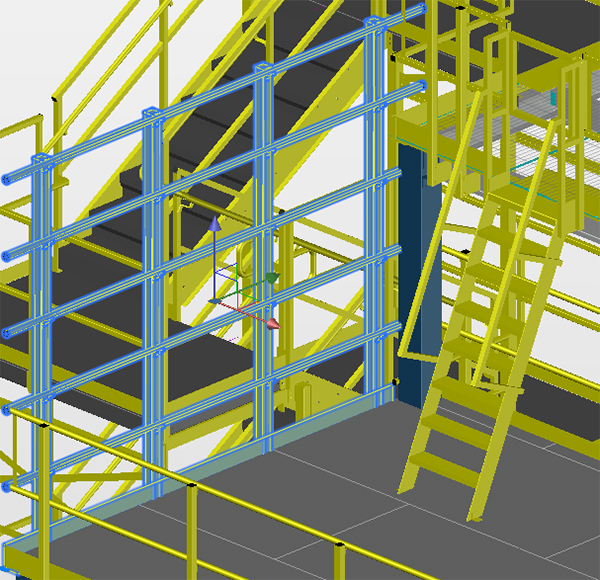
Crossovers Require Protection for Personnel
Operations use industrial work platforms in a range of ways. Some use them to store excess inventory; others use upper levels for order picking and fulfillment activities. Frequently, material handling equipment — like conveyors — route through the platforms. In installations with a span of conveyor or other equipment that prohibits easy access to the other side, the platform designer will incorporate one or more crossovers.
“Crossovers are similar to a small bridge,” Pahls said. “They consist of steps on each side of the conveyor, connected to a horizontal landing that spans the equipment.”
The stairway and landing of each crossover must meet MH32.1’s design requirements for width, depth, load bearing capacity, and other factors. “Crossovers also must have a minimum 42-inch-tall guardrail on either side,” he added. “The standard recommends an increase in platform guardrail height in situations where crossovers are located near the platform’s edge. That provides additional protection if an associate loses their balance.”
Further, ProGMA’s ANSI MH31.2: Test Method for Crash Testing Industrial Guardrail Barriers and Barrier Posts is available to help purchasers assess different guardrails.
Guarding Prevents Access to Dangerous Equipment, Falls
Installing gates in multiple locations on an industrial work platform restricts access to certain areas, Pahls said.
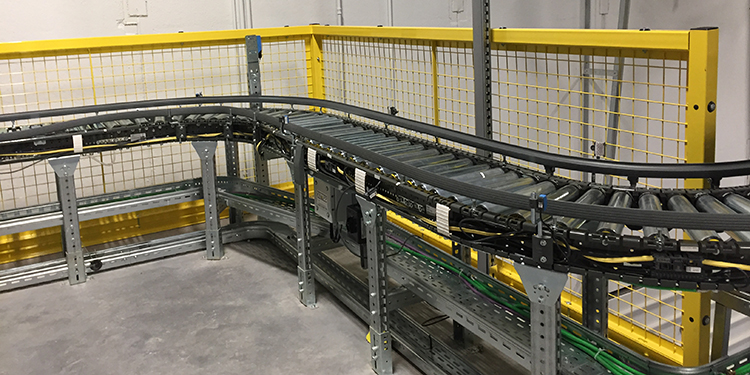
“Not everyone needs full access to every area within a platform,” he explained. “Lockable gates that only maintenance personnel can open prevents other associates from reaching machinery or equipment behind it. With the addition of steel mesh, these gates prohibit staffers from reaching through the barrier and getting caught in pinch points or other moving parts.”
To help purchasers select the optimal steel mesh barrier solution, ProGMA developed ANSI MH31.1: Steel Mesh Containment Panels Used In Vertical Storage System Applications: Performance and Testing Requirements.
For pick modules or other elevated platforms used for order fulfillment, ground level forklifts place pallets of inventory in openings around the outer perimeter of each level. Pahls noted that an employee could potentially fall through these open ledges.
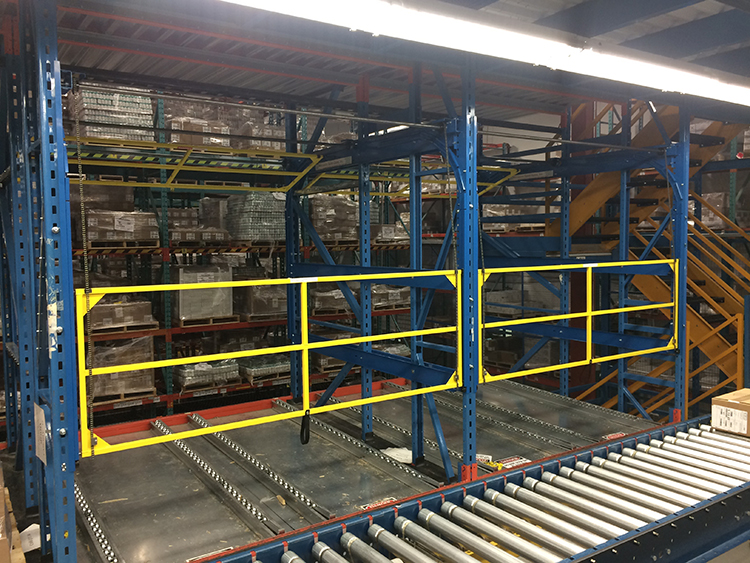
“There are multiple gate styles available to protect those areas,” said Pahls. “Installing a dual-gate or double-hung safety gate barrier at each opening is a potential solution.”
These gates feature separate barriers at the ledge and at the pallet pick face. Their interconnected design causes one gate to open when the other closes. That prevents associates from entering an empty pallet position until after a forklift places a new load. It also reduces the risk of a fall should an employee step between the pallet and the ledge.
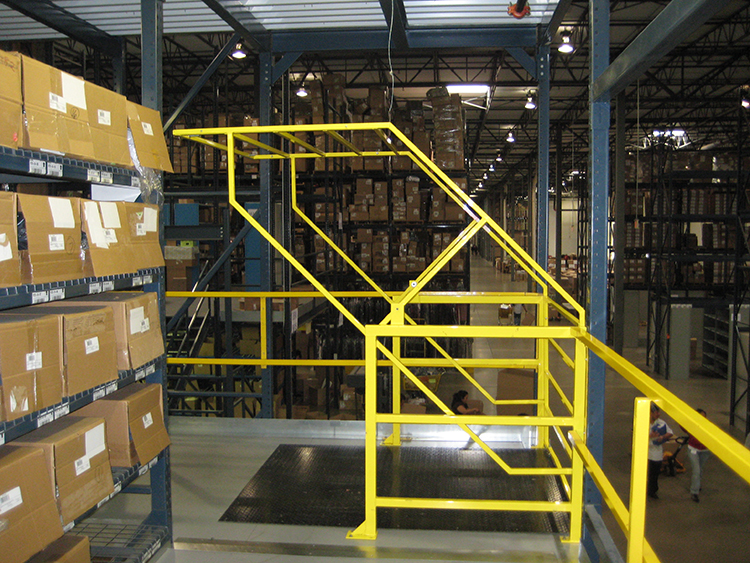
If an industrial work platform’s owner chooses to not install gates at these openings, the Occupational Health and Safety Administration (OSHA) requires use of personal fall protection. OSHA Standard Number 1910.140 mandates use of body harness systems with lanyards and connectors. These devices must be anchored to a point in the structure capable of supporting at least 5,000 pounds of force in the event of a fall.
Safeguard Associates from Automated Solutions Used at Heights
When deploying autonomous mobile robots (AMRs), automatic guided vehicles (AGVs), and shuttle-based automated storage and retrieval systems (AS/RS), operations should simultaneously evaluate their protective guarding, Pahls continued.
“The standard guarding solution for an industrial work platform’s perimeter — vertical posts with a horizontal top rail, one or more intermediate rails, and a kick plate — isn’t adequate for AMRs and AGVs,” he said. “Depending on the mobile robot’s design and payload, an item that falls off it might drop through the guardrail’s open spaces.”
Adding 2 x 2-inch wire mesh to existing guardrail is one way to prevent that from happening. Alternately, installing taller wire mesh panels is a second option. Both solutions contain falling products better than typical cross rail guarding.
Likewise, operations utilizing shuttle-based AS/RS can also elect to install 2 x 2-inch wire mesh around the system’s open perimeter.
“Typically, a shuttle AS/RS has levels spaced just 30 inches apart,” Pahls said. “Either solid or wire mesh panels can be used to enclose the system’s open sides. The automation’s supplier will likely have protective guarding recommendations for the system.”
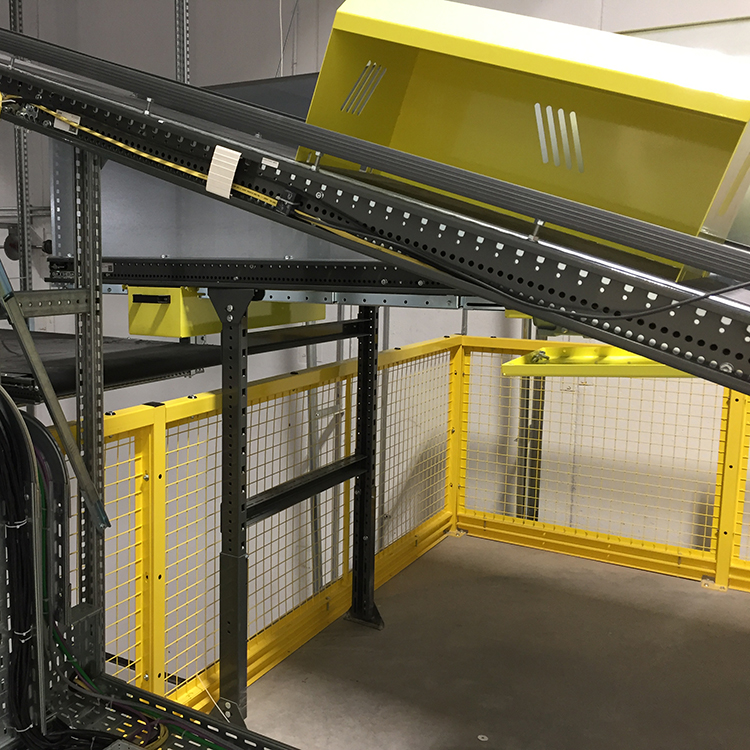
Protect an Industrial Work Platform’s Support Posts or Columns
Protective guarding on an industrial work platform isn’t solely for the upper levels, warned Pahls. It’s important to install guarding beneath it as well.
“Numerous protective guarding devices are available to shield the structural support columns or rack uprights from impacts,” he explained. “Install barriers around the posts at ground level. Options include floor-mounted bollards or steel, foam, or plastic guards that encircle each upright. Facilities should also separate forklift and employee traffic with pedestrian guardrails.”
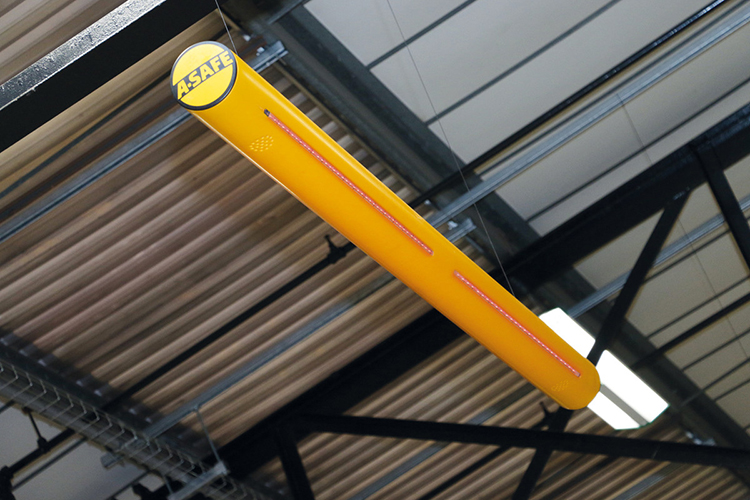
Other protective guarding solutions for underneath an industrial work platform include height restrictors. Their construction prohibits a vehicle from coming into contact with the structure’s posts or platform. Another option are alarm or clatter bars. Suspended overhead, these devices make noise upon impact, prompting the operator to redirect the vehicle.
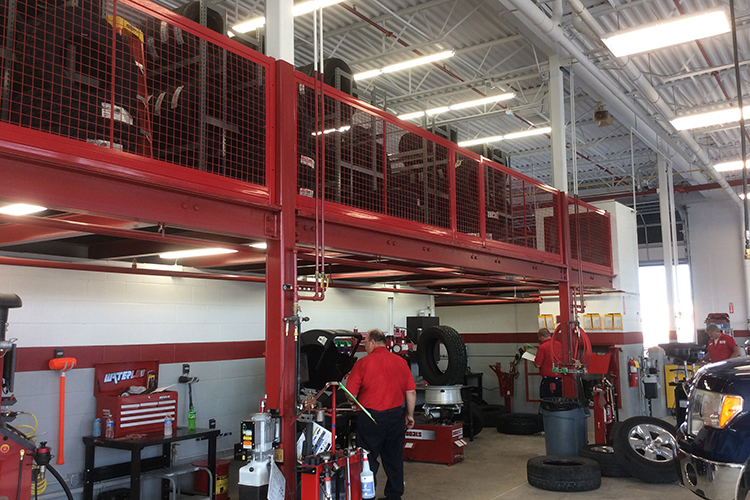
Looking for More Ways to Improve Industrial Work Platform Safety?
Connect with the members of the Protective Guarding Manufacturers Association (ProGMA), the Rack Manufacturers Institute’s (RMI), or the Storage Manufacturers Association (SMA).
